Global Warming: A Research Paper on Environmental Concerns
VerifiedAdded on 2022/11/25
|5
|1067
|182
Report
AI Summary
This report examines the pressing issue of global warming, focusing on its current impacts and potential future scenarios. It begins with an introduction highlighting the alarming effects of global warming and the ineffectiveness of current strategies. The paper then explores the scientific basis of global warming, including the role of greenhouse gases like carbon dioxide and methane, and the acceleration of global temperature rise. It references the latest IPCC report and discusses the contributions of various factors, such as coal and oil emissions. The report also delves into the economic models related to climate change, emphasizing the underestimation of carbon emission costs. Furthermore, it addresses the future of global warming, citing the UN IPCC report's warning about the potential temperature rise within the next 12 years and the resulting consequences like extreme weather events, conflicts, and increased poverty. The paper concludes by emphasizing the urgent need for viable solutions to mitigate the dangers of global warming and the potential consequences if immediate action is not taken. The report includes cited works from various sources to support the claims and arguments made throughout the paper.
1 out of 5
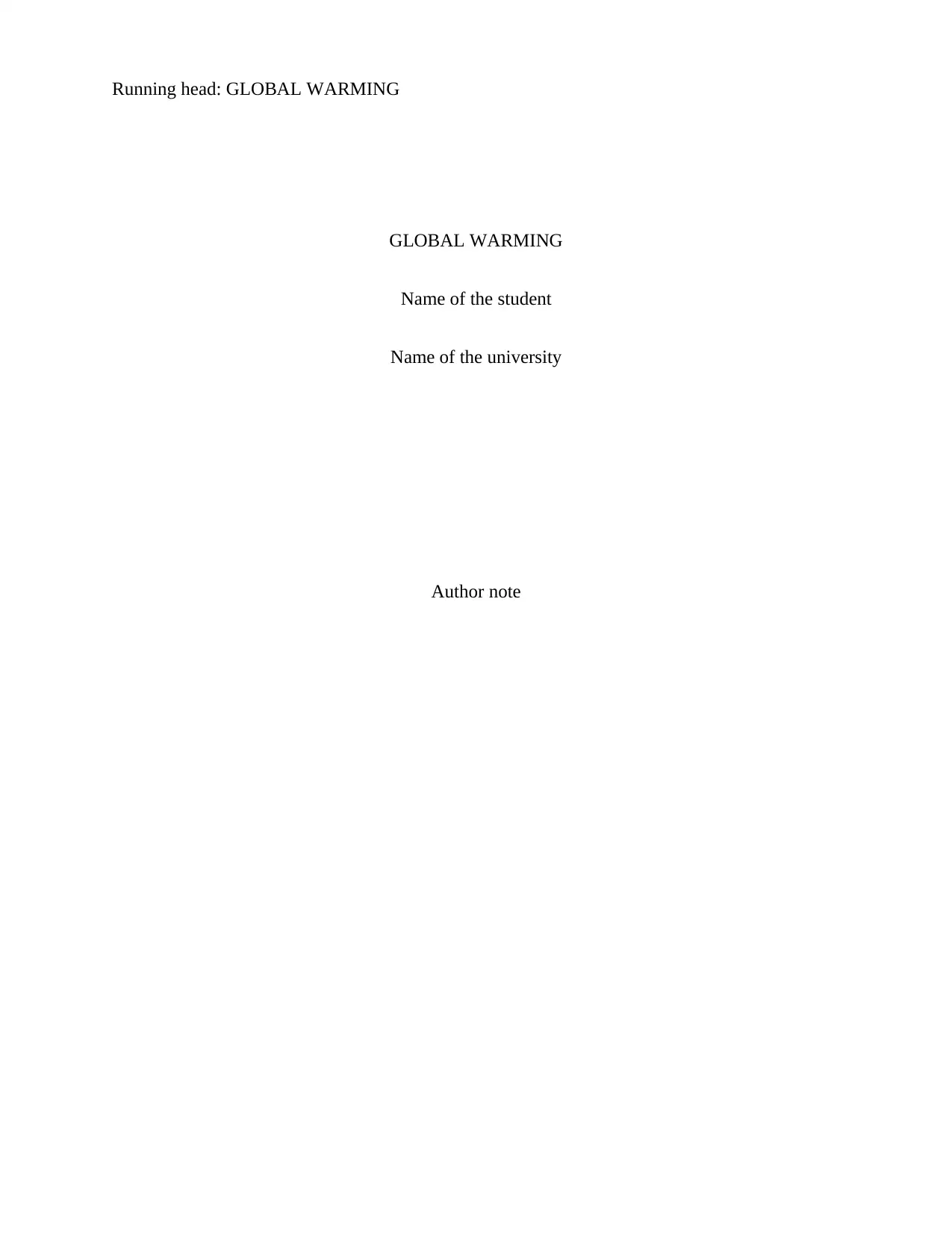
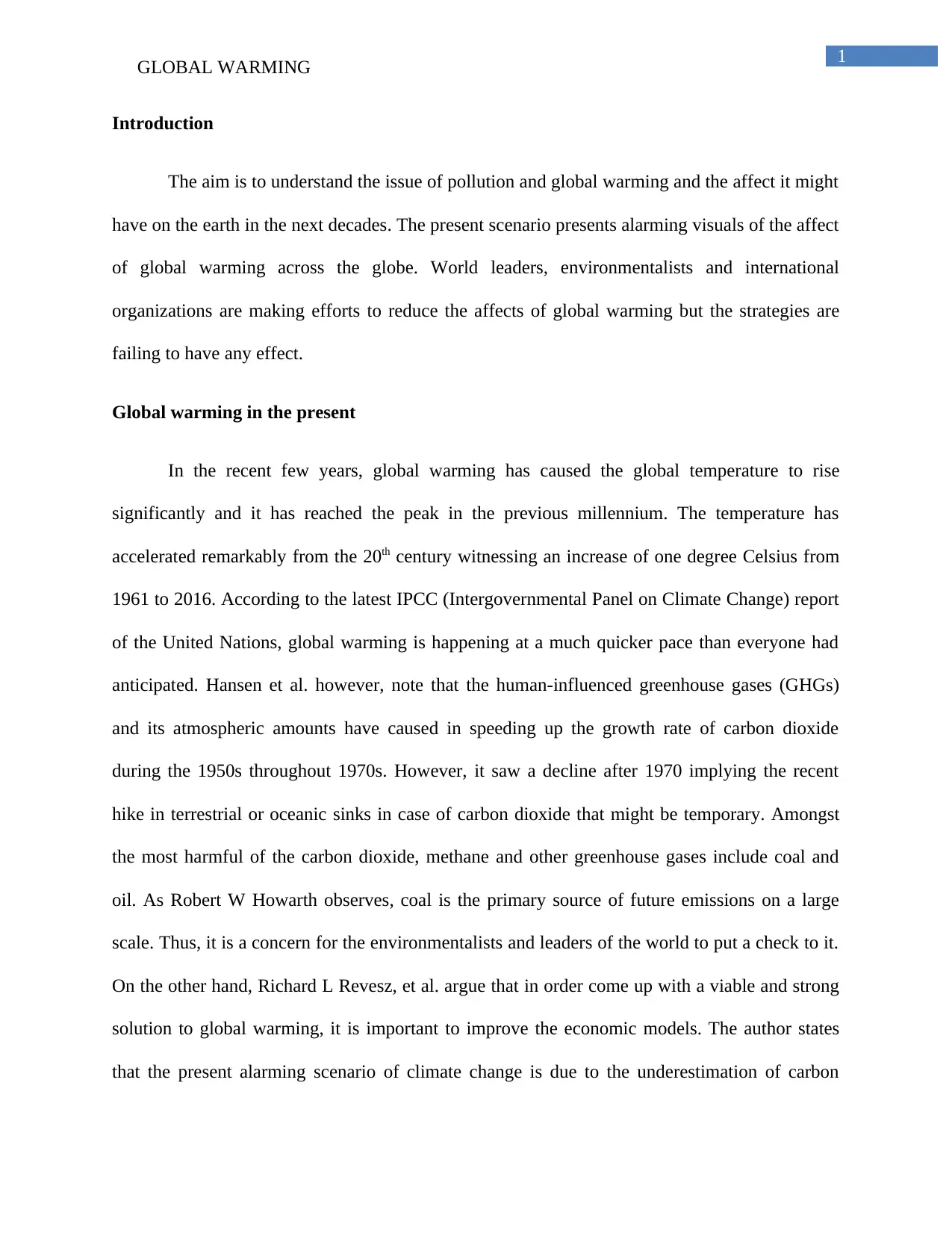
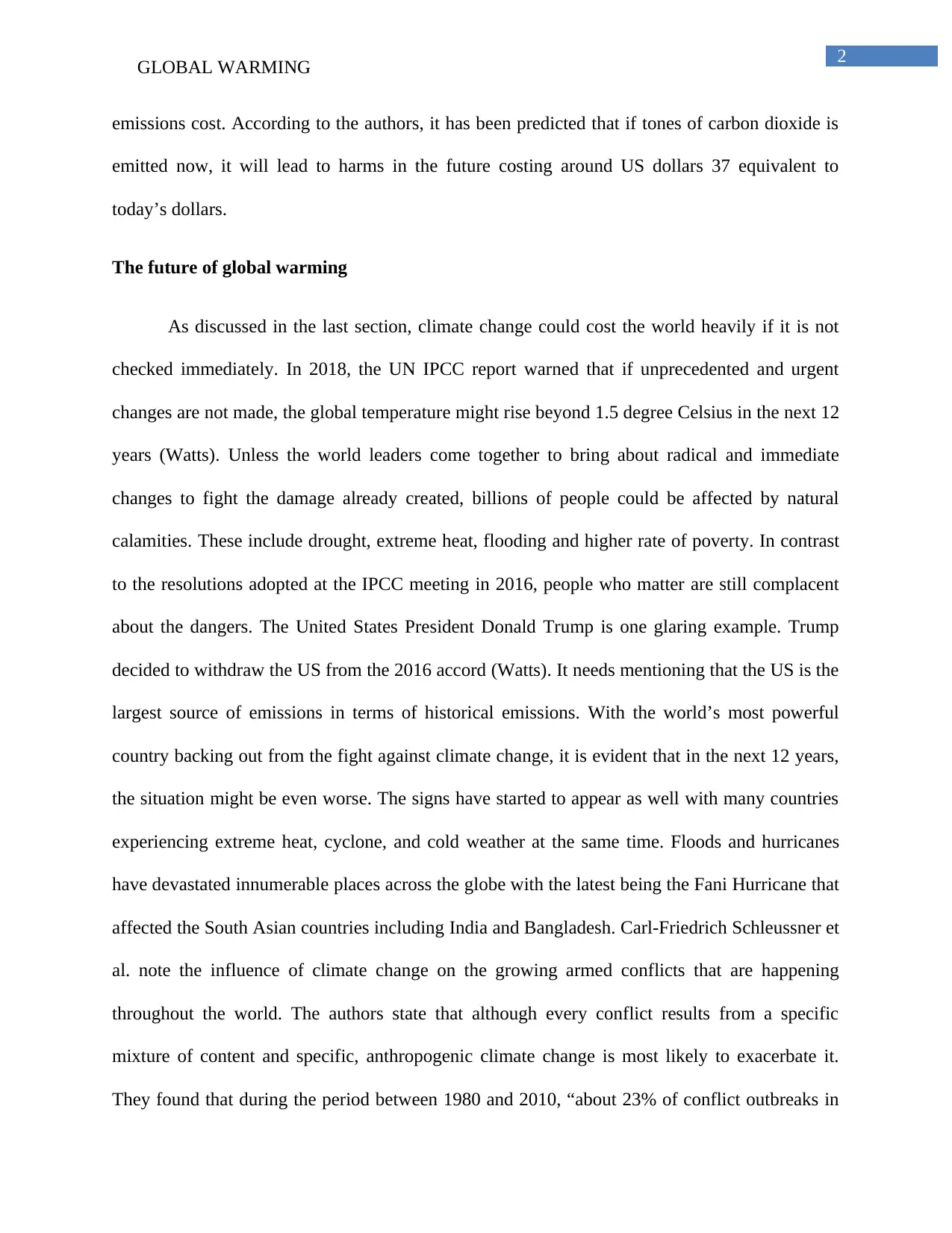

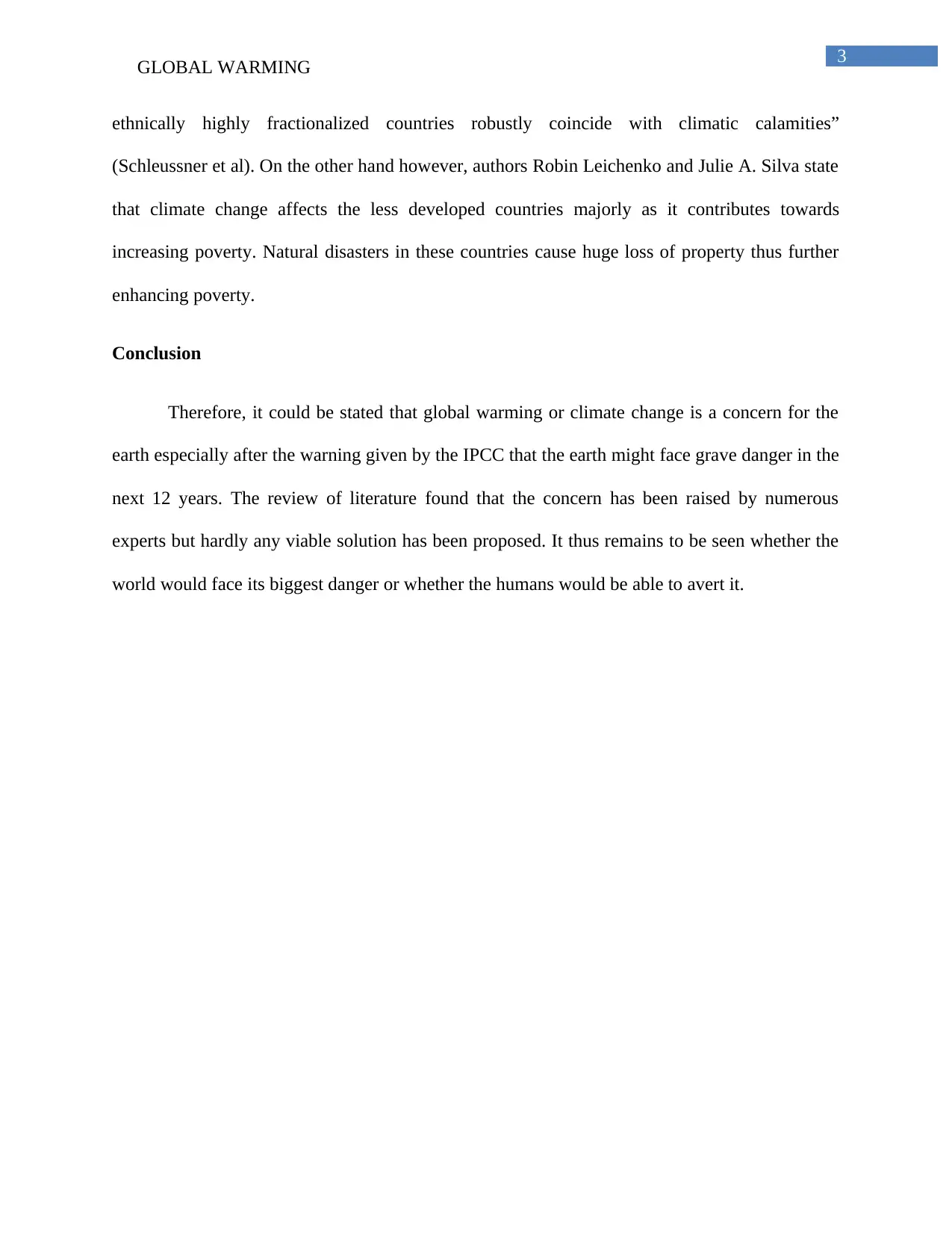
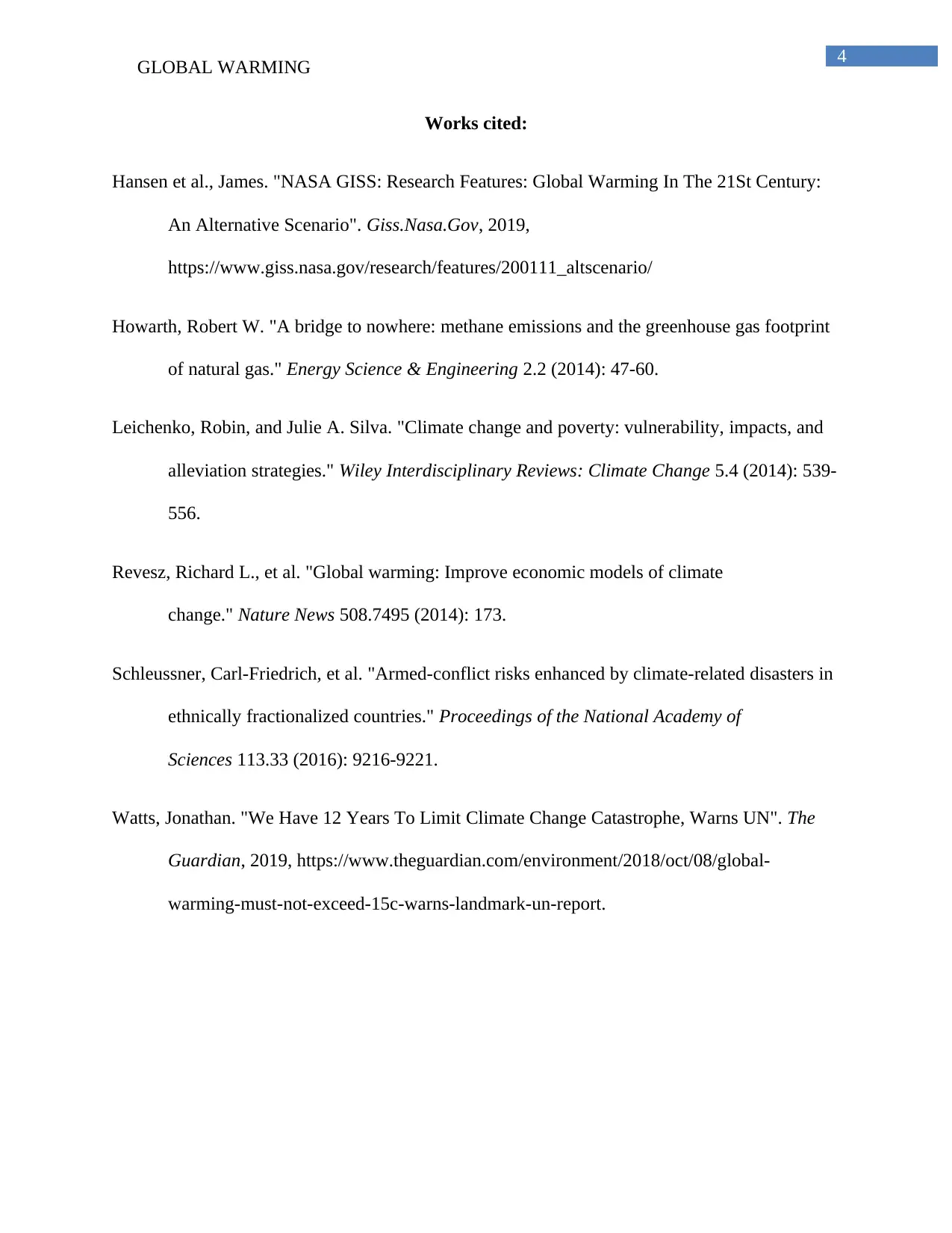






![[object Object]](/_next/static/media/star-bottom.7253800d.svg)